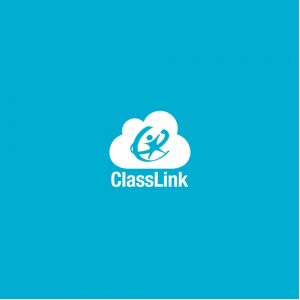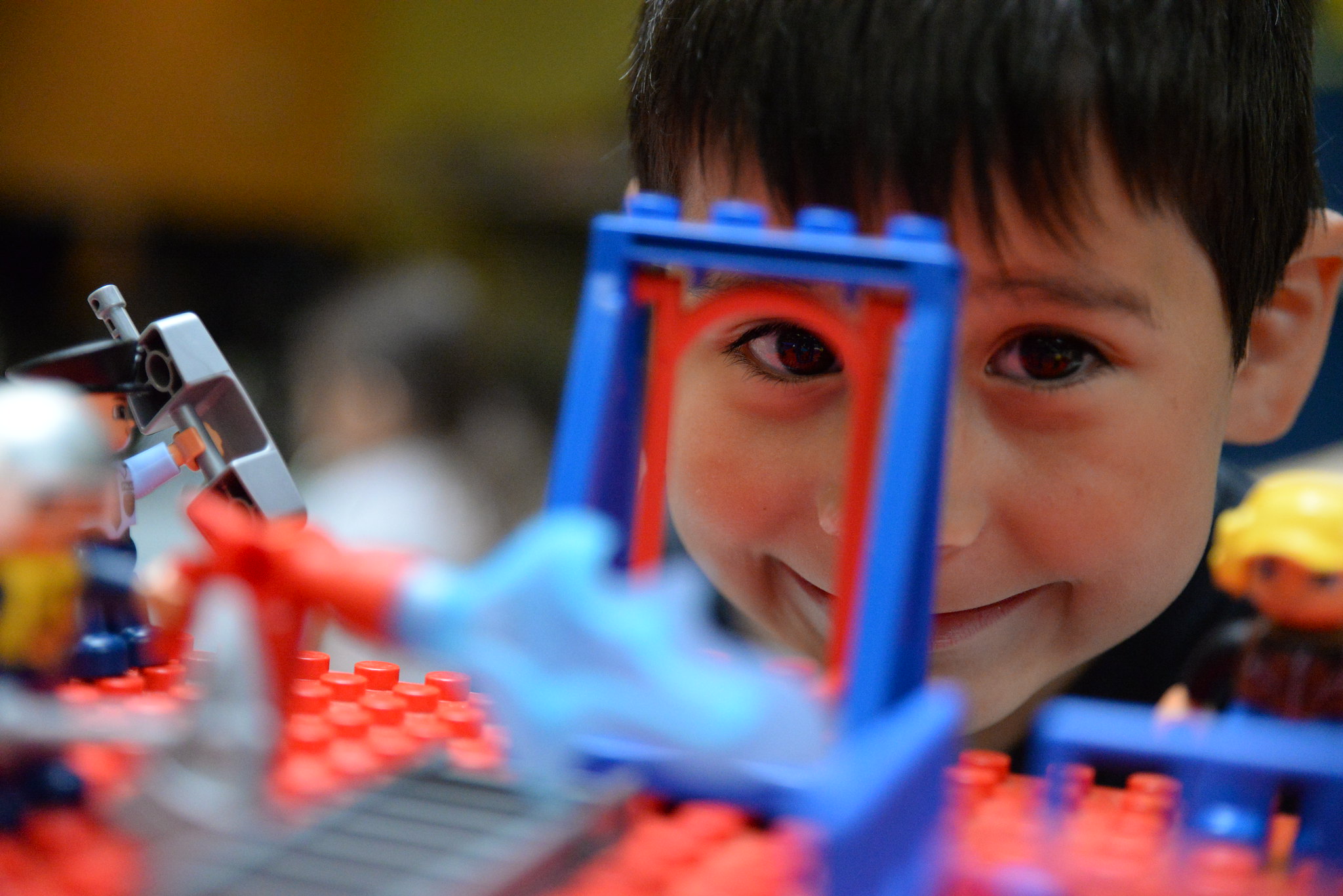Spark! Discovery Preschool, which opened in August 2013, is a Science, Technology, Engineering, and Mathematics (STEM) preschool. Our STEM model was inspired by a program called Innovation Academy for a Smarter Planet, a unique, multi-year partnership between IBM, CU Teach, Skyline High School STEM, and St. Vrain Valley Schools, which Paige Gordon, our Administrator, directed and developed in its first four years of existence.
STEM in St. Vrain Valley Schools
STEM Schools in St. Vrain Valley transform teaching and learning by providing students with engaging, real world learning experiences to emphasize connections between school, community and our global society. Students apply science, technology, engineering and mathematics (STEM) concepts using 21st century skills and inquiry-based design thinking models to create innovative solutions to authentic problems enhancing post- secondary and career readiness.
Preschool STEM Education in SVVSD
- Stimulate student interest in real-world learning through exploration and introduction to foundational STEM experiences that
- Begin introduction to role-models in STEM careers and fields
- Provide a teaching and learning environment in which content and skills of science, technology, engineering and mathematics (STEM) are integrated using the Colorado Academic Standards
- Incorporate the design thinking process, a strategy for integrating problem solving into classrooms, schools, and the workplace
- Provide STEM programming in a variety of settings, along with extended learning opportunities
Why STEM?
In addition to a comprehensive preschool program, we will focus on STEM-based learning as well. “STEM learning is an economic imperative… STEM literacy has a profound and growing impact on our day-to-day lives. It helps us make critical decisions about our health care, our finances and our retirement. It illuminates the ever more complex issues that govern the future of our democracy, and it reveals to us the beauty and power of the world we inhabit. A literate nation not only reads. It computes, investigates and innovates.” -Change the Equation.org
Why STEM in Preschool?
- It provides our staff, parents, and preschoolers with a systematic approach to learning and to teaching using inquiry-based approaches, which integrate science, technology,engineering, and mathematics.
- “STEM offers a chance for children to make sense of the world rather than learn isolated bits and pieces of phenomena…” (Kaufman, et al. 2003, Abts, 2006)
- STEM supports overall academic growth and creates a foundation for current and later learning
- STEM makes school interesting and relevant to young learners through intellectual engagement and challenging learning experiences
- STEM takes advantage of the natural curiosity of early learners
- STEM develops early critical thinking and reasoning skills and supports 21st century learning skills
- STEM allows us to bring in role models and introduce STEM careers and fields
What are STEM Practices in Preschool?
- Instruction supports overall academic growth and acceleration of students, while it enhances later interest in solving real world problems in STEM fields.
- Instruction fosters designing, experimenting, problem-solving, and social interaction. In STEM there is the recognition that instruction occurs best in a social atmosphere of cooperation and collaboration.
- Children are presented with real-world challenges, and they are encouraged to solve problems and present their ideas. These projects and challenges promote real life application of 21st century skills, such as critical-thinking and reasoning, collaboration, and creativity, necessary for learning now and in the future. These activities inspire children’s reasoning and learning over a long period of time.
- In addition to teacher-designed challenges, preschool STEM allows for an experience where we focus on children’s questions and purposes, and engage them in authentic exploration and experimentation.
- STEM instruction provides classroom opportunities and environments for using concrete objects to build and explore the world. This allows for opportunities for children to change variables and observe results immediately.
- The integrated curriculum gives students opportunity to apply their literacy and numeracy skills in purposeful ways.
- Students develop technology skills and experiences, which are integrated and interactive, age appropriate, and enhance children’s cognitive and social abilities.
- The staff seeks to develop partnerships with parents, business, and community-based organizations, which extend learning opportunities in creative and unique ways.
What are standard experiences should young children should frequently have in STEM programming?
(Katz, 2010, “STEM in Early Years”)
- Being intellectually engaged, absorbed, and challenged
- Being engaged in extended interactions (e.g., conversations, discussions, exchanges of views, planning of work, etc.)
- Being involved in sustained investigations of aspects of their own environment and experiences worthy of their time, interest, knowledge, and understanding
- Taking initiative in a range of activities and accepting responsibility for what is accomplished
- Experiencing satisfaction that can come from overcoming obstacles and setbacks and solving problems
- Having confidence in their own intellectual powers and their own questions
- Helping others to find out things and to understand them better
- Making suggestions to others and expressing appreciation of others’ efforts and accomplishments
- Applying their developing basic literacy and numeracy skills in purposeful ways
- Feeling they belong to a group of their peers
Comprehensive preschool
Core Curricular Resources
The goal of our school district’s preschool program is to provide high quality early childhood experiences for children in a safe, supporting, and stimulating environment. Another goal of preschool is to prepare them for kindergarten. Our comprehensive preschool program uses standards-based curriculum, called Creative Curriculum, to create an environment that supports learning through play and discovery in an engaging learning environment. The curriculum also helps teachers to develop small and large group learning experiences to enhance their development. Progress is observed and documented using the Teaching Strategies GOLD assessment, along with additional assessments, in all developmental (social-emotional, motor, cognitive, and language) and content areas (literacy, mathematics, science, social studies, the arts, and technology).
Additional Curricular Resources
Additionally, we utilize several curricular resources for English/Language Arts instruction:
Wilson, Fundations
Heggerty Phonological & Phonemic Awareness for preschool
Since the 2015-2016 school year, we began implementing Teacher-Led Movement opportunities to aid in gross-motor development.
Social Emotional Learning Curriculum
The PATHS® (Promoting Affective Thinking Skills) curriculum is a comprehensive program for promoting emotional and social competencies and reducing aggression and behavior problems in elementary school-aged children while simultaneously enhancing the educational process in the classroom. This innovative curriculum is designed to be used by educators and counselors in a multi-year, universal prevention model. Although primarily focused on the school and classroom settings, information and activities are also included for use with parents.
Individual Learning Plans for all Students
Senate Bill 08-212, Colorado’s Achievement Plan for Kids (CAP4K), passed in 2008. CAP4K included specific provisions for school readiness including a required assessment for all Preschool students and development of a school readiness plan beginning fall of 2013.
In response to these regulations, we utilize the state school readiness assessment, Teaching Strategies GOLD, to measure your child’s growth and development. This is an authentic, ongoing assessment used to determine your child’s growth in the following developmental and academic content areas: Cognitive, Language, Social/Emotional, Physical, Literacy, Math, Science, Social Studies, and The Arts. Information collected through the assessments provides teachers with targeted instruction opportunities for individual students and small groups of students, thereby strengthening the learning environment for students.
With a strong, early start preschoolers in SVVSD will be more likely to continually succeed in school. School Readiness supports teachers’ ability to create responsive learning environments that ensure academic and developmental growth for students. This includes promoting awareness of developmentally appropriate practices that support hands-on learning experiences and challenges students’ thinking.
This assessment information will inform your child’s school readiness plan and will be shared with you throughout the school year. Your child’s teacher will provide each parent with a copy of your child’s School Readiness Plan, which also meets the requirements for the Individualized Learning Plan (ILP). Review the plan and include any additional strengths and goals to support your child’s learning. It is required that you sign and return one copy for our records.



